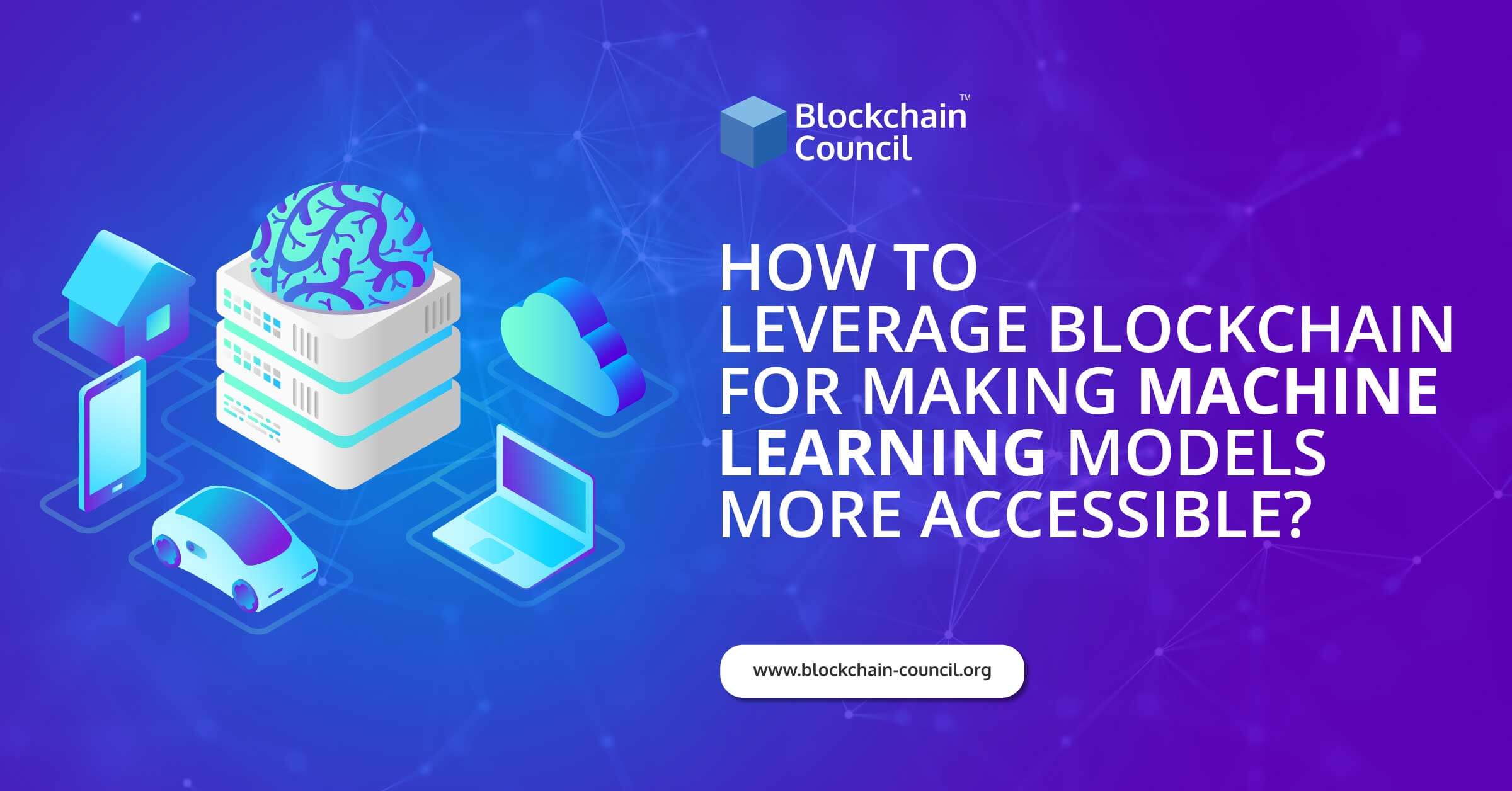
- Toshendra Kumar Sharma
- July 19, 2019
Machine learning is highly pervasive today so much so that we use it a dozen times a day without even realizing. Machine learning involves getting computers to learn, think, and act on their own without human interference. As described by Google, “Machine learning is the future.” With an increasing number of humans becoming addicted to their machines, the future of machine learning looks very bright. We are indeed witnesses to a new revolution which is taking over the world owing to its immense potential.
What Is Machine Learning?
Machine learning, an application of artificial intelligence, focuses on developing computer programs that can access data and learn on their own. It deals with providing computers the capability to learn without being explicitly programmed. Its basic premise is to build algorithms which can receive input data and make use of statistical analysis for predicting and updating outputs. Massive quantities of data can be analyzed through machine learning. Machine learning is a subset of artificial intelligence which uses algorithms to help computers make data-driven decisions.
Understanding Blockchain
A blockchain is a distributed database which is shared across a network of computers. It is a decentralized public ledger which consists of a chain of blocks. Blocks comprise of digital pieces of information which store details about transactions such as date, time, and the money involved for any recent purchase. Blockchain is the brainchild of Satoshi Nakamoto. It is a time-stamped series of an immutable (tamper-proof) record of data which is managed by a cluster of computers which are not managed by a single entity. The blocks on a blockchain are connected using cryptographic principles. A blockchain is highly transparent as anything built on the blockchain can be seen by everyone, and each participant on the network is accountable for their actions. The three pillars of blockchain technology are decentralization, immutability, and transparency.
Why Blockchain For Machine Learning Models?
- Provides participants a high level of trust and security
- Helps in reliable execution of an incentive-based system, thereby encouraging participants to contribute data. This will help improve model performance.
- Blockchain helps integrate public models into smart contracts to ensure that the terms which were previously agreed upon are upheld.
- Models can be updated on-chain (on a blockchain environment with a small transaction fee) and off-chain (locally on an individual’s device, without transaction costs).
- Good data contributions can be reliably computed and rewards can be delivered.
- As smart contracts are tamper-proof and are evaluated by many machines, models will not deviate from their promise and will do exactly what they are supposed to do.
- Payments can be processed with trust on a blockchain.
- Blockchains such as Ethereum offer thousands of decentralized machines all over the world. This keeps users assured of a smart contract, never being completely unavailable or taken offline.
Using blockchain to make machine learning models more accessible
1. Incentive Mechanisms
Blockchain helps easily share evolving model parameters. Newly created information such as new pictures, new words, and new movie titles can help update existing models which are hosted regardless of the ability of an organization or a specific person to update and host the model themselves. The model’s performance can be maintained by encouraging people to contribute to new data. The incentive mechanisms used for these are:
a.) Gamified- Here, data contributors can earn points and badges, while others validate their contributions. This solely relies on the willingness of contributors to contribute to a common good, which is the betterment of the model.
b.) Prediction market-based- Contributors are rewarded when their contribution makes a positive difference to the performance of the model when evaluated using a specific test set. This proposal builds on existing work using prediction market frameworks for training and evaluating models collaboratively.
The three phases of predictive market-based incentive are:
- Commitment phase- In this, a provider stakes a bounty which will be awarded to contributors. He then shares enough of the test set to prove that it is valid.
- Participation phase- To cover the possibility of their data being incorrect, participants submit training data samples along with a small deposit of funds.
- Reward phase-In this phase, the provider reveals the rest of the test set. This is then validated by a smart contract with the proof provided in the commitment phase.
c.) Ongoing self-assessment
Participants validate and pay each other in case of good data contributions. For this, an existing model is already trained, and data is deployed. A contributor who wants to update the model submits data with labels, features, and a deposit. After a predetermined amount of time, the contributor will get their deposit back is the current model still agrees with the classification. If a data is validated as ‘Good,’ the contributor gets the point. If a data added is not validated as ‘good,’ the deposit of that contributor is split up and distributed among those who have earned points for good contributions. The malicious contribution of bad data can be deterred with such a reward system in place.
2.Deploying And Updating Models
Based on the computational cost to the blockchain network, one needs to pay a one-time deployment fee to host a model on a public blockchain. From this point on, anyone who contributes data to train a model will have to pay at least a few cents, and that should be proportional to the amount of computation which is done. Microsoft plans to set up a Perceptron model which is capable of classifying sentiments. It would cost USD0.25 to update the model on Ethereum. Microsoft plans to extend its framework, which would imply that most contributors need not pay this fee. For example, a third party can submit the data and pay the fee on their behalf, or the contributors can be reimbursed during the reward stage. Microsoft uses Perceptron to use models which are very efficient to train. This helps bring down computational costs. More complicated models can be integrated with API calls from the smart contract to machine learning services. But in an ideal setting, models are kept public in a smart contract. These models can also be used for high- dimensional representations which are computed off-chain.
Conclusion
Though machine learning models have been around for decades now, they have attained a new status and popularity due to the growing prominence of Artificial Intelligence (AI). Machine learning ranks high among enterprise technology’s most competitive realms as major vendors such as IBM, Google, Amazon, Microsoft, and many others race to sign customers for platform services which cover a wide spectrum of machine learning activities such as data gathering, data preparation, training and application deployment, and model building. AI and machine learning models are highly optimized to perform specialized tasks. As far as machine learning and the field of data sciences are concerned, co-existence is the key to a future of advanced machine systems. We certainly stand to benefit from the immense benefits these machines will provide to humankind.

































































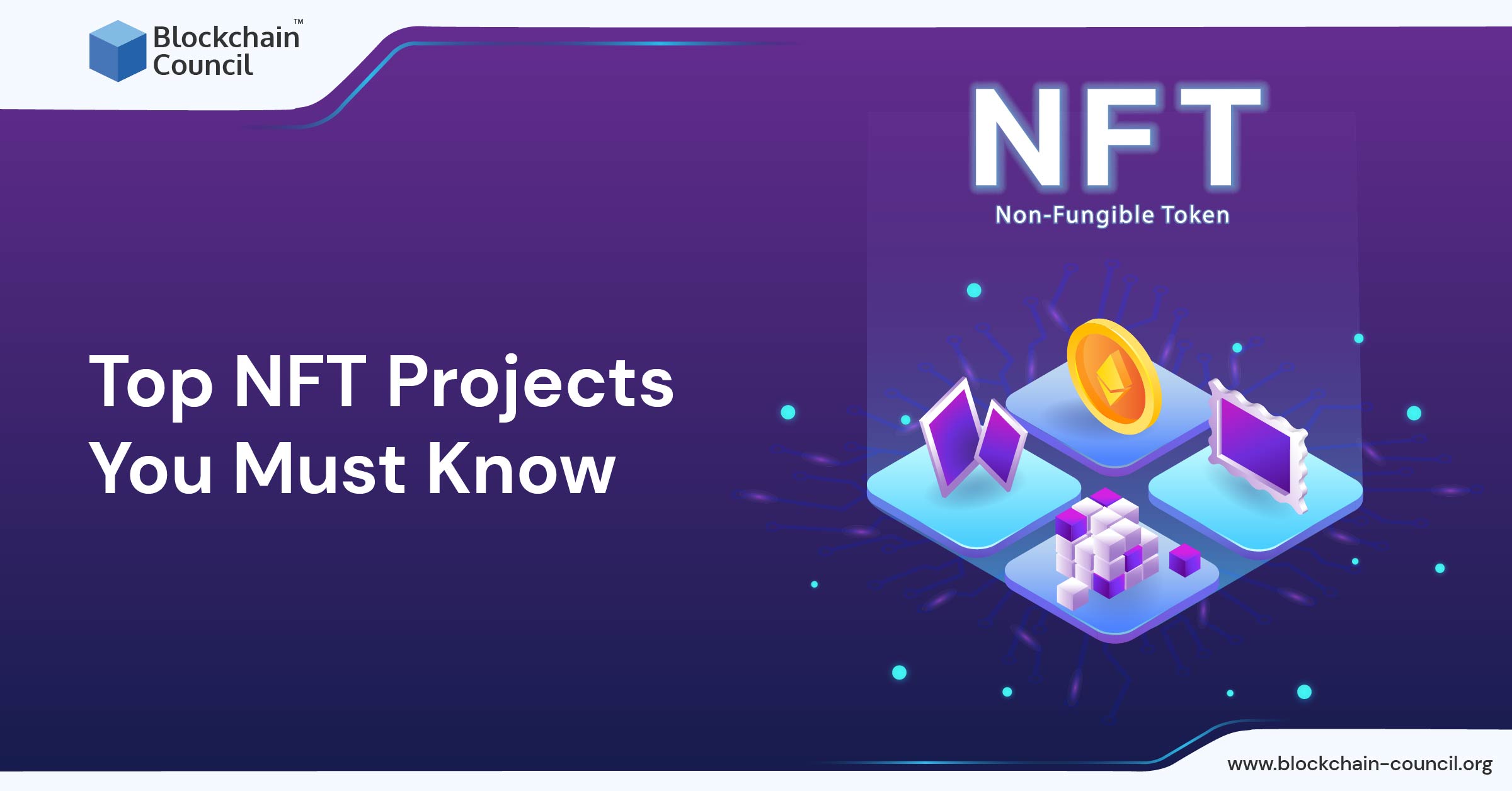
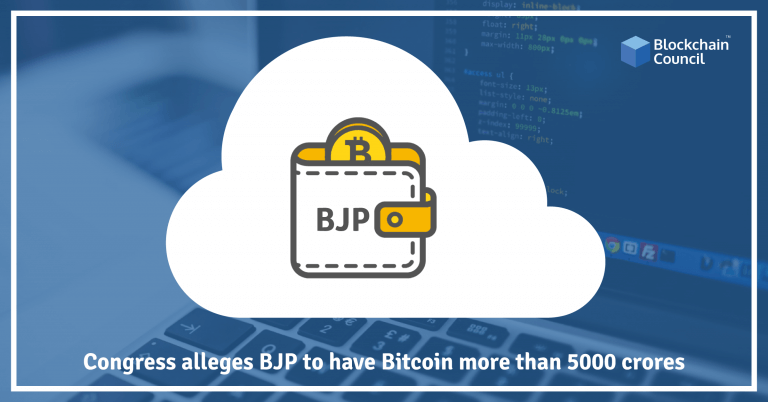
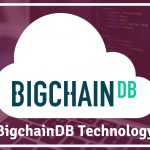
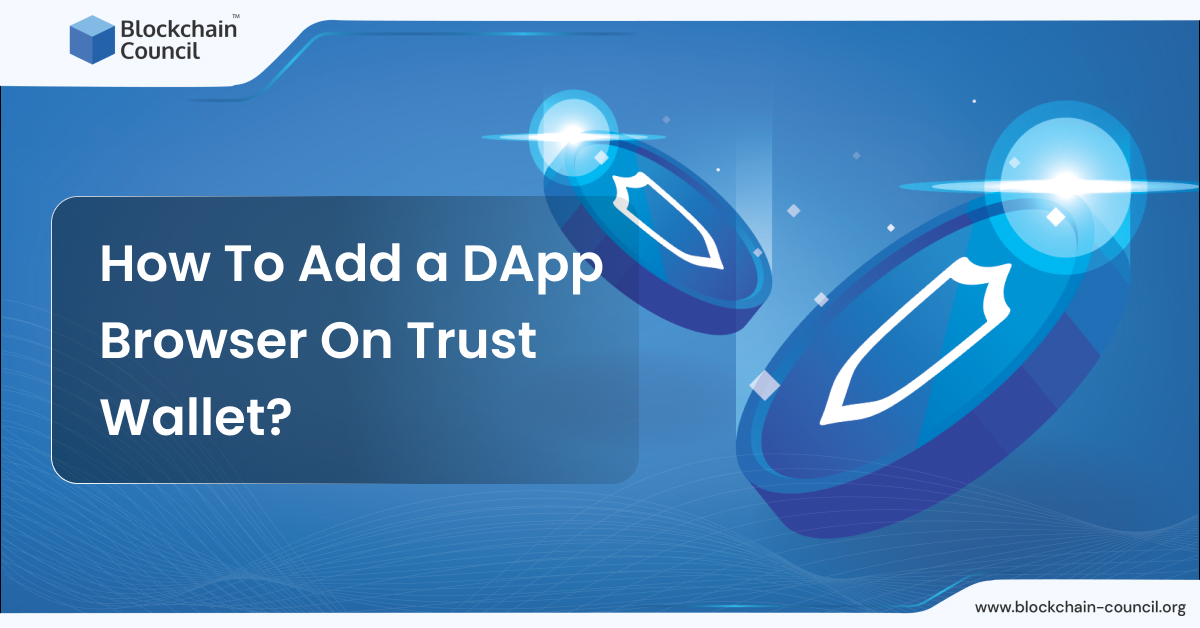
 Guides
Guides News
News Blockchain
Blockchain Cryptocurrency
& Digital Assets
Cryptocurrency
& Digital Assets Web3
Web3 Metaverse & NFTs
Metaverse & NFTs
